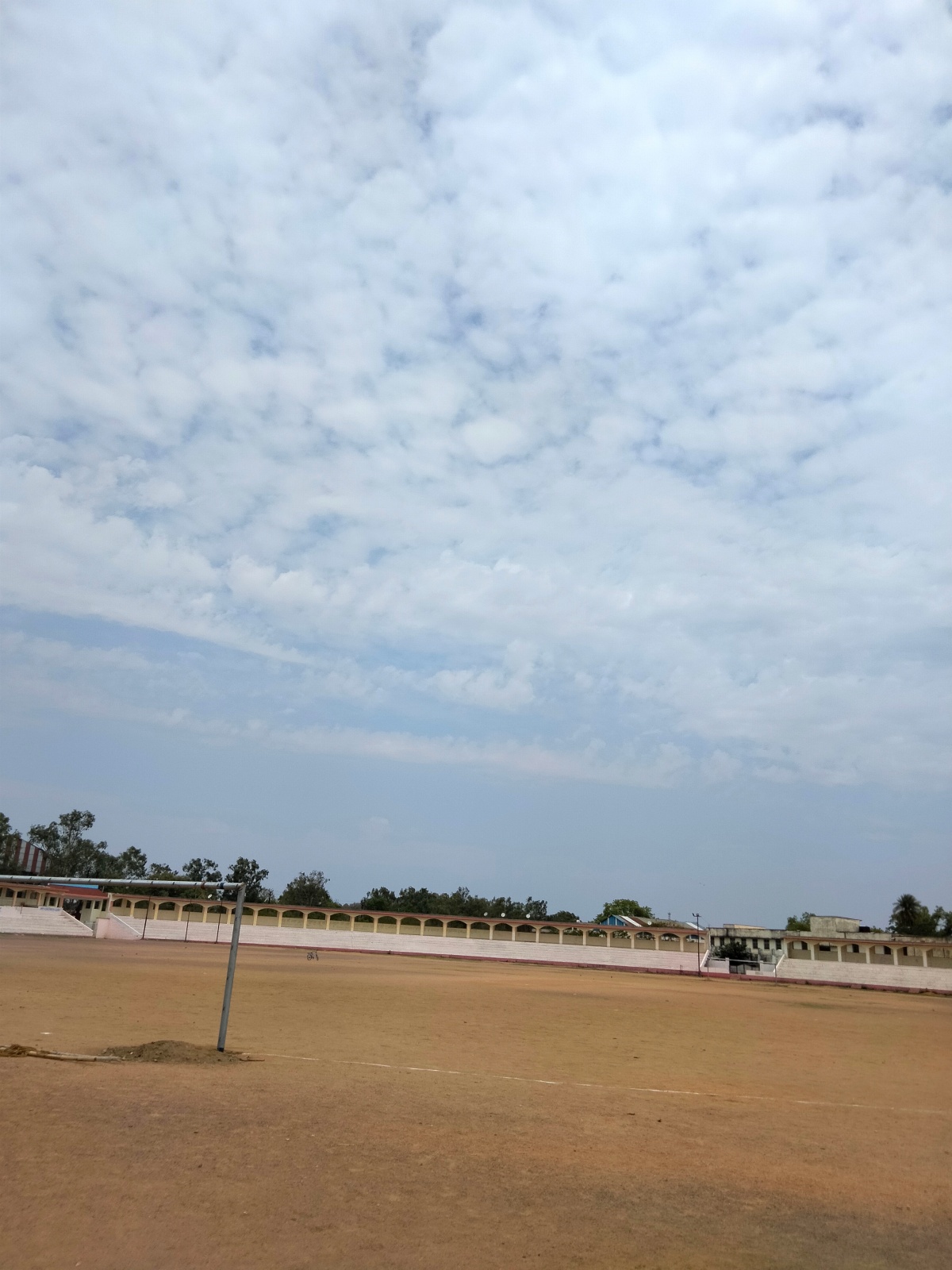1. This article is inspired by Dainik Bhaskar’s article about village names in Madhya Pradesh state in India. Images are also courtesy of Dainik Bhaskar- Hindi daily. Links are given below:
https://dainik-b.in/EqcIjt2mXqb https://dainik-b.in/download

2. The village above is named Bhainsa. It actually means a buffalo: a male buffalo. It immediately reminded me of Buffalo, New York State, name of which surprised me at first when I heard in a movie.

3. It’s written as SALI which is pronounced as sully but the Hindi name transcription should be SAALI. Saali is female version of Saala: brother and sister-in-law. Actually these are rarely used in their proper context: most of the times they’re used as swear words. The whole business revolves around this mentality:
Since women are a burden who are grown to be married off to another clan to help them grow and don't really contribute much into the family of birth: the family of marriage of women always has an upper hand on the other family from which they take the loan they owned. Thus Saala and Saali are actually swear curse words often used lightly over hard swear words which have reference to male and female reproductive organs.

4. There’s a Hastinapur in Gwalior Madhya Pradesh India. Hastinapur name in itself is a very popular place name since it’s been used as the capital of India in the epic of Mahabharata and usually points to Delhi India.
Hastinapur literally means City of Elephants. Elephants symbolise giants or persons of renown: in the context of epic they’re Kauravas and Pandavas or royal people.
5. The article also details names like Hathnee(female elephant), Galti(Mistake), Maafipura(The place where maafias reside), Udaypur and Gorakhpur(In Chhatarpur district in Madhya Pradesh ( you might already be aware of Chhatarpur in Bihar and Delhi states)), Vrindavan and Hastinapur in Guna district. Nagpur and Agra in Indore district and Ramgarh of Sholay movie fame is in Burhanpur of Madhya Pradesh though actual Ramgarh where shooting for the movie took place is located in Karnataka near Bangalore. The article details many other peculiar names but some of them stand out with: Langoti(loincloth) and Choli(blouse) for example. Haldi(Turmeric), Soda, Chaumau, Azgar(python), Sandal, Charkha, Makdi(spider) and Atoot Bhikhari ( Unbreakable beggar!)
6. Luvkushnagar in the Chhatarpur district was renamed to have names of sons of Rama from epic of Ramayana. Previously it was named: Laundi: it simply means a lady or girl or their reproductive organ. Singular.
7. Chhatarpur Madhya Pradesh India got its name from the root Chhatra which symbolises an umbrella or protective shield wielded by warriors like Chhatrasal the ancient king of this place. It’s similar to the shied of captain America!
8. Bugmau is a village name which can be expanded to mean: bug Mau. Like bugbear.
9. The article in Dainik Bhaskar also states that there are 55000 villages in 52 districts in Madhya Pradesh India.

Excellent. A very unique article on funny names of villages. Loved reading it. Thanks for the smile it brought to my face. 😊😊😊
LikeLiked by 1 person
Oh pleasure is mine. Dainik Bhaskar brought it. What’s your village/district names if I may ask?
LikeLiked by 1 person
I live in Korattur, a suburban area in Chennai.
LikeLiked by 1 person
Thanks. Do you know how the name came to be or what it means?
LikeLike
Some of the names (Atoot Bhikhari, Galti) sounded like they were named by those who disliked the village and the villgers.
LikeLiked by 1 person
True. Etymology of names is always an interesting subject to study. Names of places tell a story of collective consciousness as compared to individual person names, though single names are carried by many individuals too. What is the story behind the name Nepal or your local village/province in Kathmandu?
LikeLiked by 1 person
There are many legends regarding the origin of the word Nepal. It is said that Ne Muni protected the people and the land from a huge firestorm. Hence the name, Nepal (protected by Ne.)
Another says “Nep” means wool and “alaya” means house. So, Nepalaya is wool house, which shortened to Nepal.
Interestingly, Kathmandu Valley and its periphery was called Nepal for a long period of time.
Kathmandu, by the way is named after the Kasthamandap, an important temple in the heart of the city.
The place where I live is called Dhumbarahi after the Dhumra Varaha (Smoke-complexioned Varaha) temple.
There is Sukedhara (dry tap) to the east. To the west is Chandol, derived from Chihan dol. Chihan means grave and dol means a raised land between two streams. To the south is Handigaun, an ancient centre of ruling. “Handi” means an earthen pot but there is also another meaning which I could not remember right now.
LikeLike